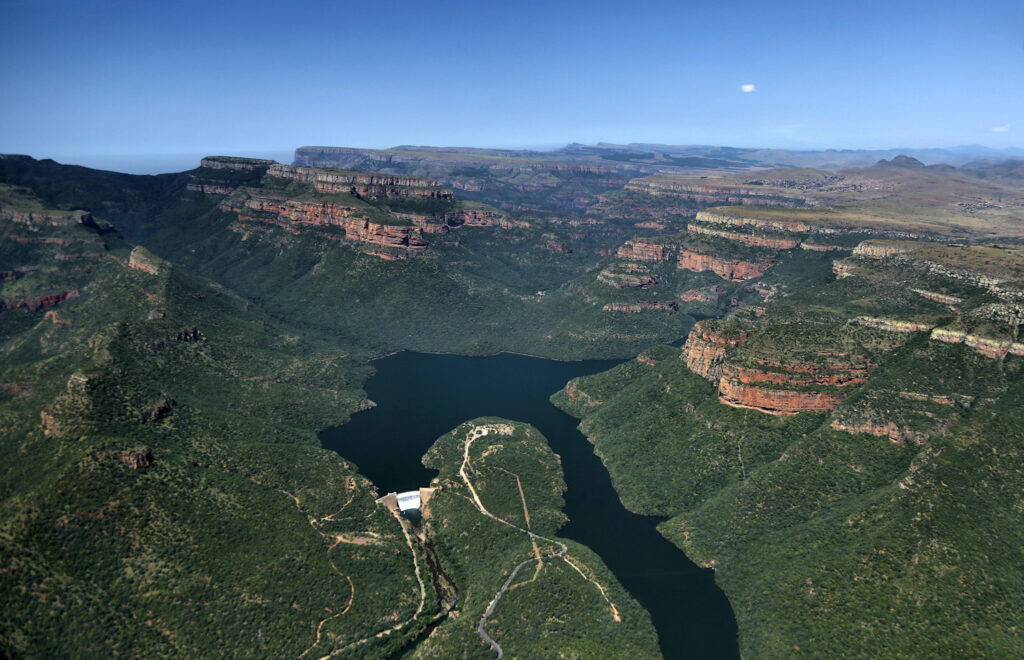Another winner from the Top 100 – Every year, Green Destinations organizes the Top 100 Destination Sustainability Stories competition, which invites submissions from around the world – a vetted collection of stories spotlighting local and regional destinations that are making progress toward sustainable management of tourism and its impacts. From the winners announced this year, we’ve selected two more stories, this one from Phiring, South Africa, that showcase the importance of engaging all stakeholder groups within a destination. Synopses by Ailin Fei. Tom Vorster, Tourism Destination Coordinator, Kruger to Canyons Biosphere.

Engaging the Community in South Africa’s Kruger to Canyons Biosphere Region

These communities grapple with insufficient promotion, safety concerns, and limited government support. The K2C Biosphere empowers Phiring to engage with tourism in their area. They established the Ba-Dinkwanyane Tourism Association that collaborates with tribal and community leaders to initiate projects, works to increase community confidence, and promotes tourism engagement.
Two key projects started: the “Dinkwanyane Water Smart Project” tackles water supply issues and promotes a climate-adaptive green economy. The “Region for the Region Project” supports sustainable business practices, trains local guides, enhances attractions, and promotes cultural activities including the creation of a community home-stay program that aligns with guidelines for responsible and sustainable community tourism.
The Phiring community warmly embraces these projects and actively participates in tourism skill development, guided by experts. The Kruger to Canyons team facilitated marketing via a website and social media. The Limpopo provincial tourism agency marketed tourism in the province and invited tourism stakeholders to experience Phiring and increase community exposure to tourists.


